
views
Scientists Amazed by Submarine's Curious Discovery in Lake Ontario
Contrary to popular belief, scientists have not fully explored the Earth, and many secrets and mysteries remain hidden in plain sight. In fact, 65% of our planet remains unexplored, with 95% of its water content remaining a mystery.
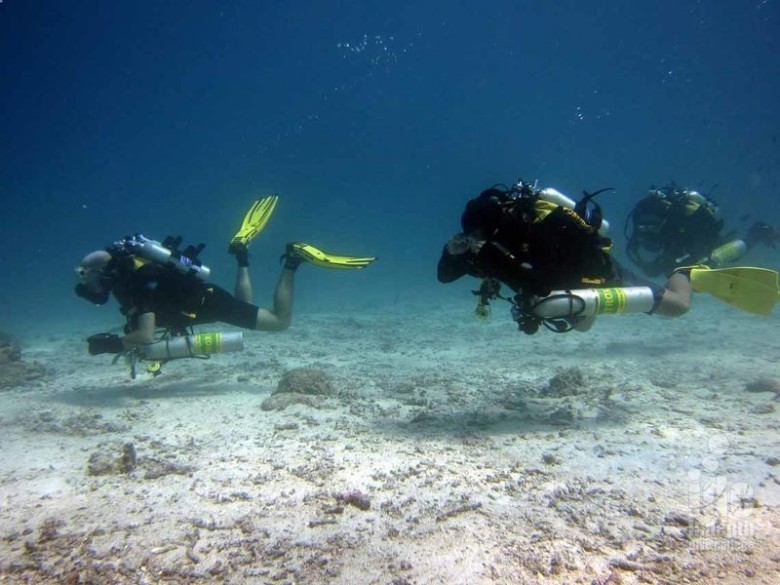
This leaves room for intriguing possibilities, such as the existence of mermaids. The uncharted depths of the ocean are comparable to exploring outer space, making it a daunting task for scientists to map out. However, a recent discovery in Lake Ontario has stunned scientists with its mythical, alien, and extraordinary nature.
The Story Unfolds
In August 2017, a research team embarked on an expedition in Lake Ontario, Canada. Their mission was to uncover a significant piece of Canadian history believed to be hidden deep within the lake.
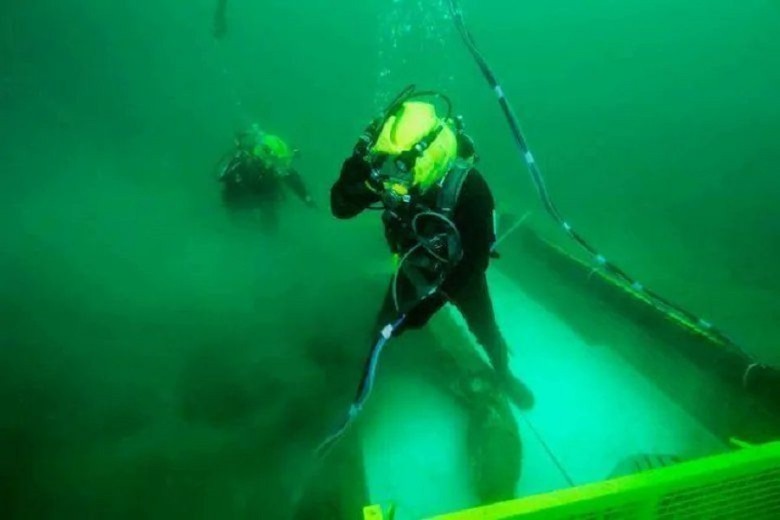
This extraordinary object held such value that its retrieval would capture worldwide attention. However, locating and recovering it would not be an easy task.
The Daring Rescuers
Leading the daring rescue attempt was the OEX Recovery Group Incorporated. This company specializes in rescuing distressed debris and is associated with Canadian financial and mining organizations.
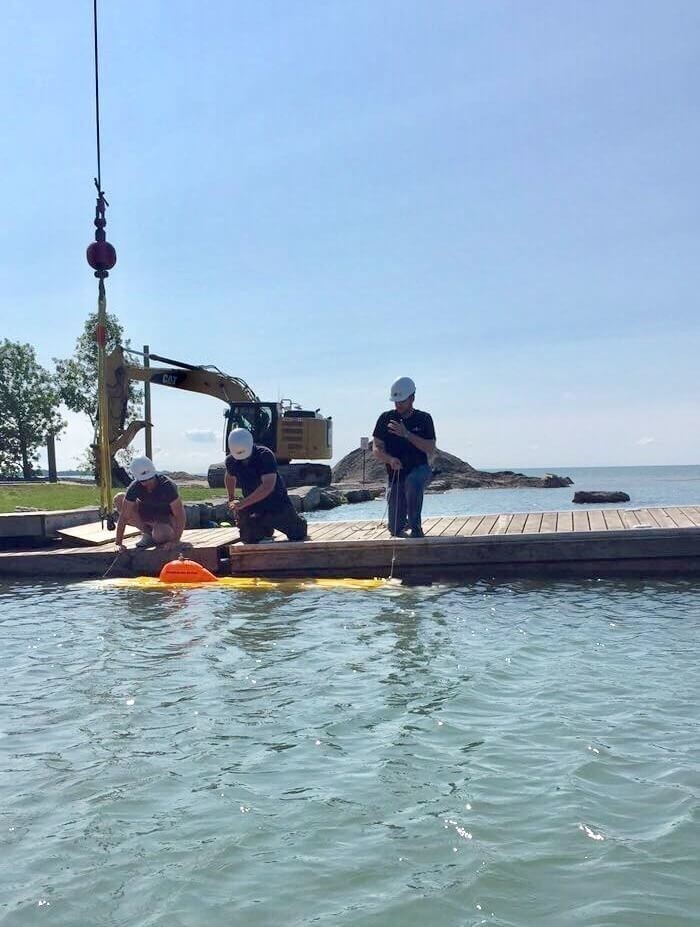
When they heard rumors about an immensely valuable object submerged in Lake Ontario, they swiftly assembled a team to uncover the truth.
Unveiling the Treasure
Legends surrounding these objects described them as unique, essential, and invaluable, making their discovery a momentous event. The Raise The Arrow mission was devised with the sole purpose of bringing this dream to reality.
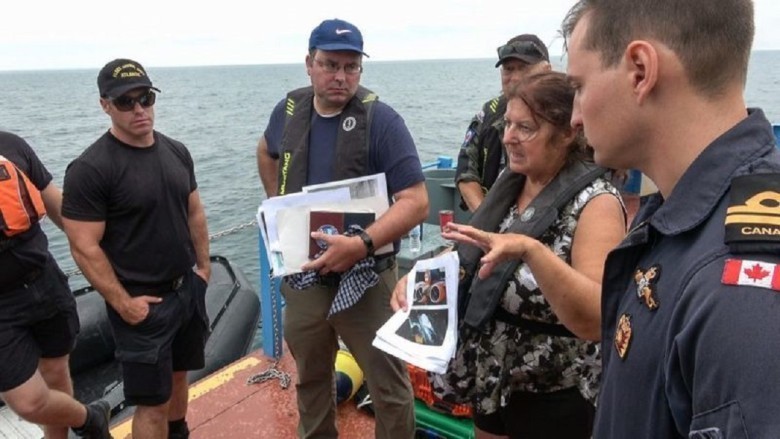
OEX eagerly embraced the opportunity to be at the forefront of such an important project. By providing funding and resources, they aimed to solidify their reputation alongside the objects they hoped to find.
Taking Risks
The project's goal was simple: explore specific areas of the lake bed that were most likely to yield results. However, it was a gamble. The objects could remain hidden or become too difficult to retrieve. Worst of all, there was a possibility that they might not even exist.
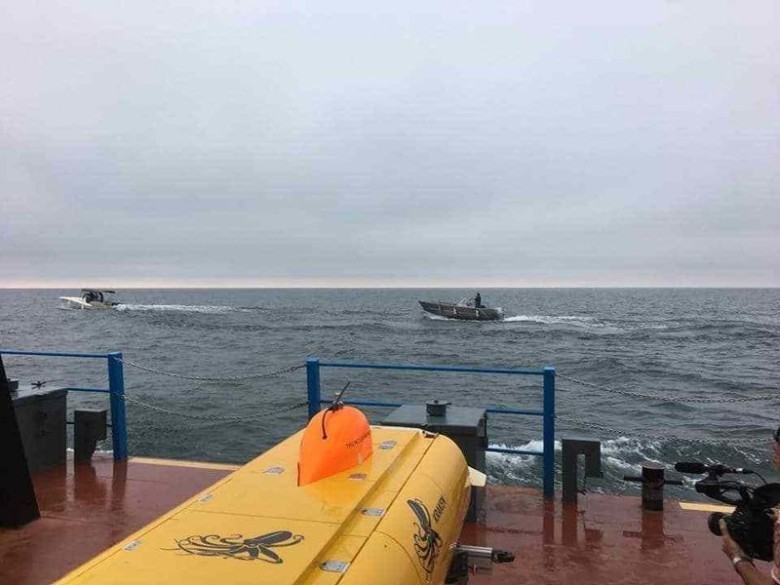
Such endeavors require substantial financial investments, but fortunately, funding was available for this particular mission. Nonetheless, the pressure on the team to deliver results was immense. OEX and its associated companies were taking a chance, hoping for a successful outcome.
Venturing into the Unknown
The team embarked on their mission on a picturesque day. The crystal-clear water surrounding their boat exuded an eerily tranquil atmosphere. Occasionally, the silence was interrupted by the swift movement of a silverfish.

As the boat sailed toward an uncertain future, the team could only imagine what secrets the deep and confined depths of Lake Ontario held.
The Mysterious Treasure
In a quest shrouded in secrecy, a company embarked on a remarkable treasure hunt that left many intrigued. The lack of information was intentional, as the company did not want to raise false hopes or reveal their ultimate goal. Even the team members themselves were unaware of what they were searching for.
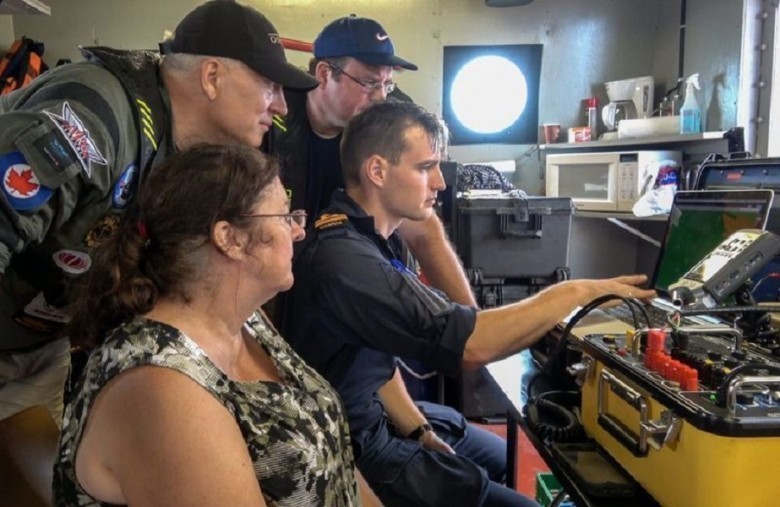
The secrecy added an extra layer of excitement for the team, as they knew they were part of something that could potentially have a profound impact on the world. However, they could only speculate about what they were about to discover.
A Decades-Old Enigma
The story begins in 1950, when locals reported a peculiar sighting at Lake Ontario. In an instant, the object or objects disappeared, leaving the witnesses baffled. The incident left a strong impression on everyone involved, but no one could fathom the true nature of what they had seen.
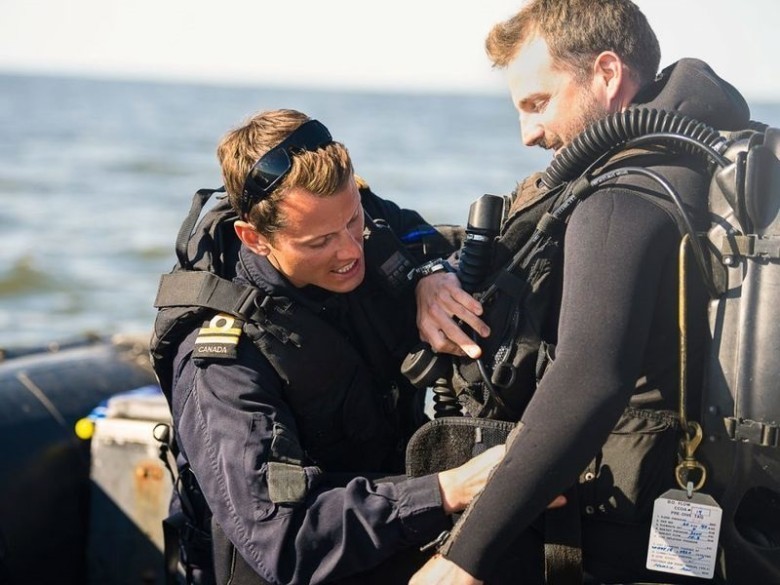
The memory of the strange occurrence stayed with the witnesses for over 60 years, a recurring itch in their minds that they longed to scratch. These mysterious events demanded investigation.
Unraveling the Legend
Enter the Raise The Arrow team, determined to demystify the legends surrounding the strange sighting. The local residents eagerly shared their stories and provided vivid descriptions of the scene that had etched itself into their memories.
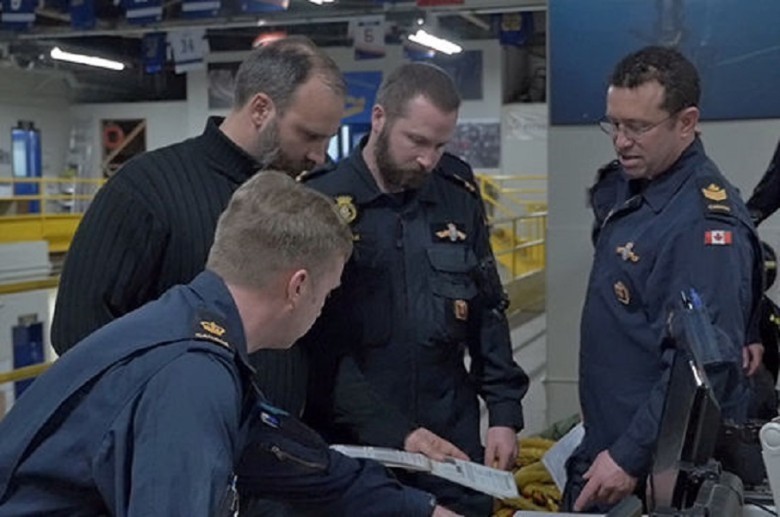
The object observed that day defied explanation, inspiring a sense of otherworldly strangeness. The witnesses hoped that the team's efforts would shed light on the enigma. Little did they know, the unfolding events would only deepen the mystery.
The Journey Begins
After hearing the locals' accounts, the team had a clearer sense of where to start their adventure. Point Petre, located on the northeastern shores of Lake Ontario, became their designated point of departure. This picturesque area, situated in Canada's Ontario province, is a wildlife conservation area known for its scenic pebble beaches, limestone formations, and hidden rock cliffs.
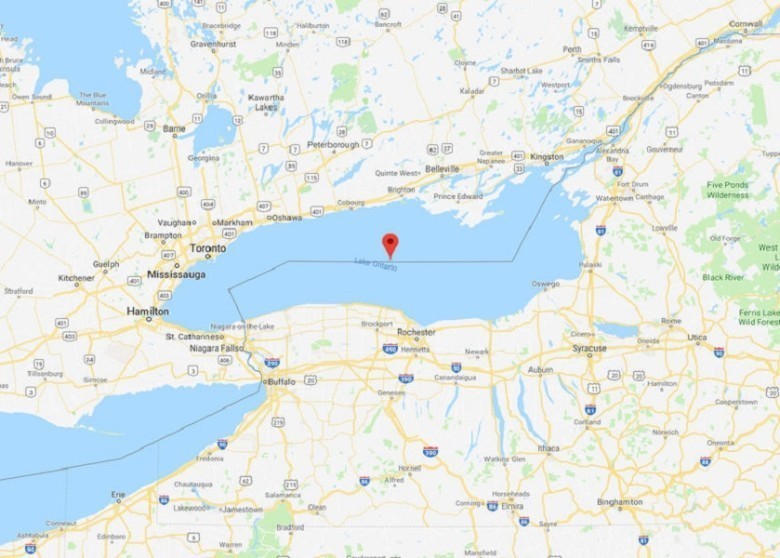
Armed with equipment and a thirst for knowledge, the team stood at the precipice of a grand expedition. They were embarking on a journey that would push the boundaries of human understanding and take them to uncharted territories. Excitement and anticipation filled the air as the team prepared to venture into the unknown. Their mission was cloaked in secrecy, but the allure of what lay ahead spurred them forward. The journey had just begun, and the answers they sought awaited them amidst the captivating beauty of Lake Ontario.
A Legendary Lake
Lakes have always been fertile grounds for legends and myths, and Lake Ontario is no exception. Known as one of the deepest and murkiest lakes in the UK, Loch Ness in Scotland is famous for its Loch Ness Monster, affectionately called Nessie.
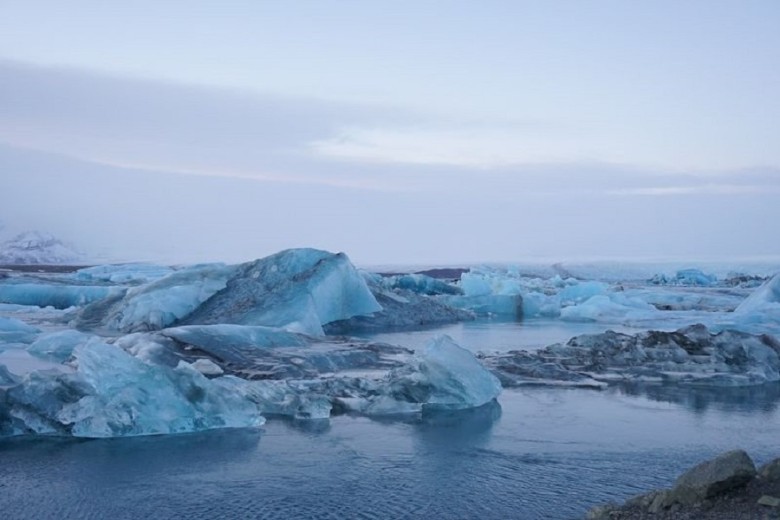
While scientists dismiss it as a hoax, numerous sightings have fueled the belief that something mysterious lurks beneath the lake's surface. Although Lake Ontario doesn't boast a mythical creature, it has its fair share of rumors, including claims of an alien base hidden below. However, the team on this adventure remained skeptical, as the existence of extraterrestrial life is yet to be discovered.
Unveiling Lake Ontario
As one of the five Great Lakes in North America, Lake Ontario is shared by both Canada and the US. Its name, meaning 'Lake of Shining Waters' in the Huron language, gives a poetic touch to its mystique. Despite being the smallest of the Great Lakes, it still ranks as the 13th largest lake globally.

Formed by the Wisconsin ice sheet during the last ice age, Lake Ontario was once a bay on the Atlantic Ocean. Evidence of its changing landscapes can be found in the dry beaches and banks that stretch up to 25 miles from its current shores. The land surrounding the lake is constantly rising, causing small land losses and creating dynamic geography.
A Natural Wonder
Lake Ontario boasts an impressive shoreline of 634 miles, complemented by 78 miles of islands dotting its waters. With a maximum depth of 133 fathoms, the lake remains unfrozen in the winter due to its depth. Ten rivers, including the famous Niagara River, feed the lake with water from the southeast, and it eventually empties into the St. Lawrence River, making its way to the Atlantic Ocean.
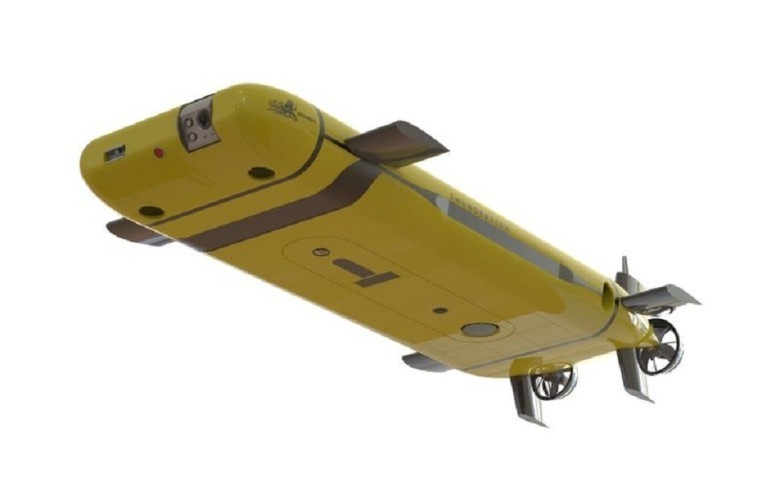
While cities like Toronto and Rochester grace the lake's shores, Lake Ontario is also home to vast wetlands that support diverse plant and animal life. Unfortunately, pollution and deforestation have taken a toll on the once-thriving ecosystem, turning these areas into protected zones in an effort to preserve what remains.
Embarking on a Grand Adventure
With its ancient shores and vast waters, Lake Ontario presented a monumental challenge to the team. Their companion in this pursuit was none other than ThunderFish, an autonomous underwater vehicle resembling a swimming drone.
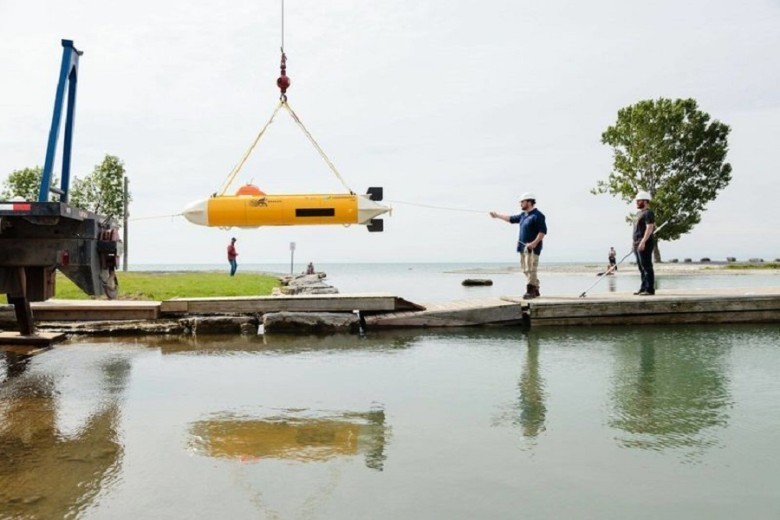
Armed with a sonar camera capable of capturing high-resolution images of its surroundings, ThunderFish was the perfect companion for exploring the lake's depths. With their high-tech ally, the team was ready to unravel the secrets hidden within Lake Ontario, one enigma at a time.
Unveiling The Yellow Submarine
The team embarked on their underwater exploration without actually setting foot in a yellow submarine. Instead, they commanded the ThunderFish, a remote-controlled underwater drone, to navigate the depths of the lake. Equipped with a sonar camera, the ThunderFish captured stunning images of the lake bed, revealing a surprising discovery.
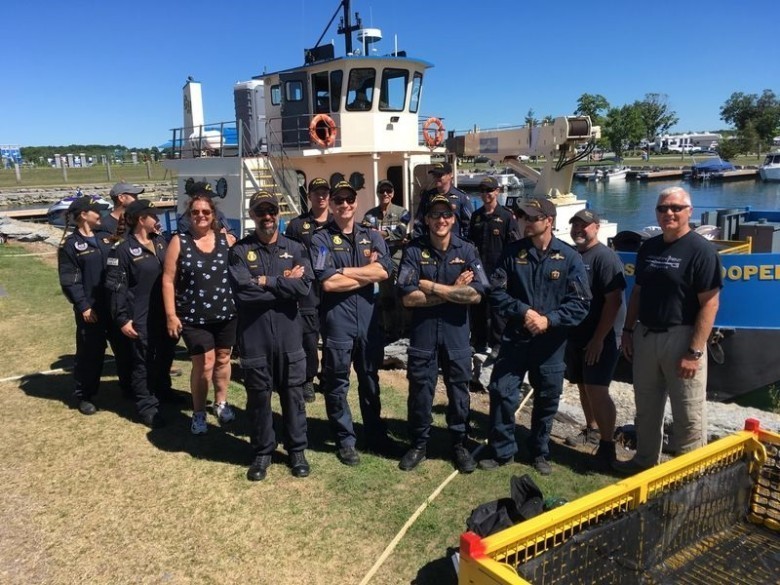
No more tales of mythical creatures or alien bases; the team was now focused on deciphering the enigmatic images before them. As they closely examined the screens, the shapes began to take form and the unexpected truth unfolded. The ThunderFish had stumbled upon an aircraft, but not just any ordinary plane. This discovery had historical significance.
A Trip Through Time
Let's turn back the clock and find ourselves in a government-owned hangar in Canada in 1946. The Second World War had just ended, but tensions between the Eastern and Western Blocs were escalating.
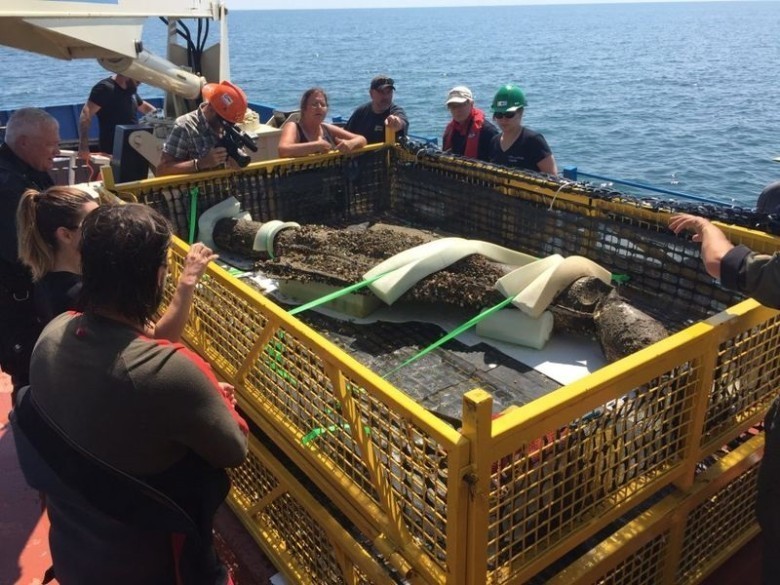
Eager to gain an advantage over their adversaries, the Canadian government invested in a new jet fighter with formidable destructive capabilities.
The Dawn of the Cold War
The year was 1946, and the world was on the brink of the Cold War. The East and West were locked in a continuous power struggle, each vying for military dominance. However, the war would never escalate into a large-scale battle, earning it the name "Cold" War.

For over four decades, the threat of invasion loomed over the world. The Western Bloc, led by the United States, represented democratic nations, while the Eastern Bloc, headed by the USSR, championed communism. Third-world countries desperately clung to neutrality amidst this geopolitical tension.
Nuclear Weapons and Deterrence
Both sides possessed the terrifying capability to devastate vast territories with a single atomic bomb. Although no one desired such catastrophic destruction, it was this very threat that deterred either side from attacking.

However, the need for security spurred the development of conventional weaponry. The Soviet Union began constructing aircraft capable of transporting their weapons over the Arctic towards the United States and Canada.
Canada's Response
Canada responded to the Soviet threat by enlisting the expertise of A. V. Roe Canada Limited, now known as Avro Canada, an aerospace engineering company. Their mission was to design aircraft capable of countering the Russian advancements.

And they succeeded. In 1953, the Avro CF-100 Canuck, affectionately known as the "Clunk," was born. This remarkable aircraft remained in active service in the Canadian military until the 1980s, demonstrating its impressive staying power.
Staying Ahead of the Game
As development of the Clunk was underway in 1952, the Royal Canadian Air Force received new intelligence. Intelligence agencies had discovered that the Soviets were working on another aircraft, rumored to be a highly advanced, high-speed, and devastating weapon that could pose a significant threat to the Canadian nation.
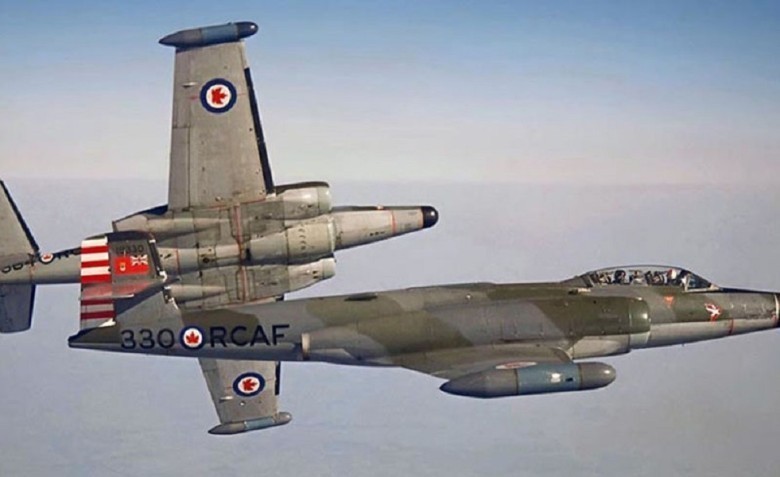
However, it would take the Soviets seven years to perfect this aircraft, providing Canada with valuable time to prepare themselves for the potential danger it posed. With history and mystery intertwined, the team continued their exploration with heightened curiosity, eager to uncover more secrets submerged within Lake Ontario.
The Avro Arrow
In 1953, as the Clunk took to the skies, plans were already in motion for its successor. Behind the scenes, meticulous engineers poured over blueprints, determined to enhance the capabilities of the Avro Canada CF-100 Canuck.
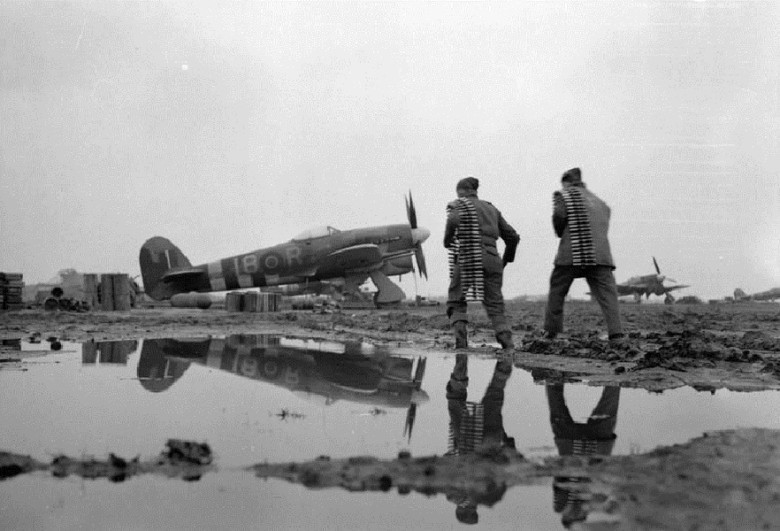
The year prior, the Royal Canadian Air Force (RCAF) had prepared a comprehensive report outlining the requirements for an all-weather interceptor aircraft. This report gave birth to the Avro Arrow.
Unleashing Supersonic Speed
The Avro Canada CF-105 Arrow embodied everything its name suggested. This supersonic interceptor, with its sleek delta wings resembling a formidable spearhead, was built for aggression and precision.

Improvements focused on strengthening the aircraft and maximizing speed. The Arrow boasted an impressive altitude capability of over 50,000 feet (approximately 15 km). It could fly at mind-boggling Mach 2 speeds, equivalent to a staggering 1,500 mph (approximately 2,414 km/h).
Prototypes and Perseverance
In the absence of modern computer simulations, engineers in that era had to rely on physical prototypes to put their theories to the test.
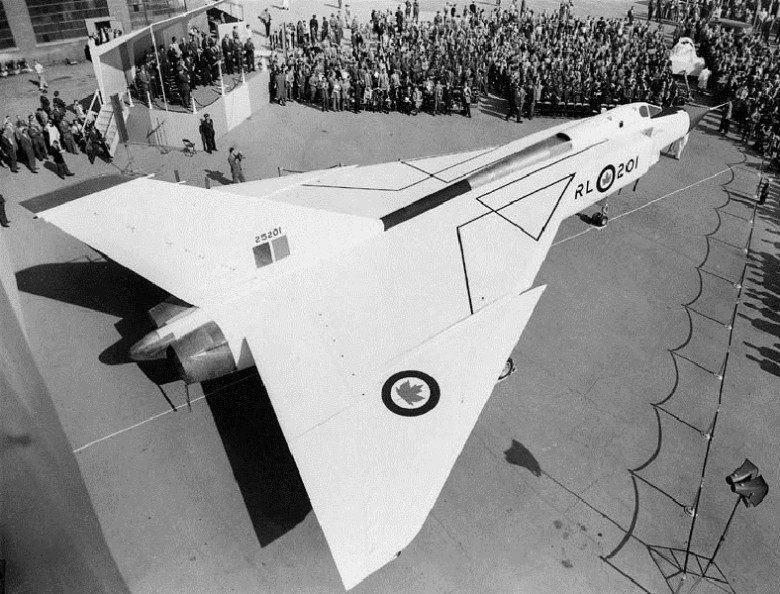
Between 1953 and 1957, a total of nine Avro Arrow prototypes were meticulously constructed. These scaled-down replicas aimed to emulate the future reality of the aircraft.
Breaking Sound Barriers
The Avro Arrow, true to its namesake, featured a distinctive delta wing design. While we're now accustomed to seeing delta wings on various aircraft, back then, it was cutting-edge innovation. And it served a critical purpose.
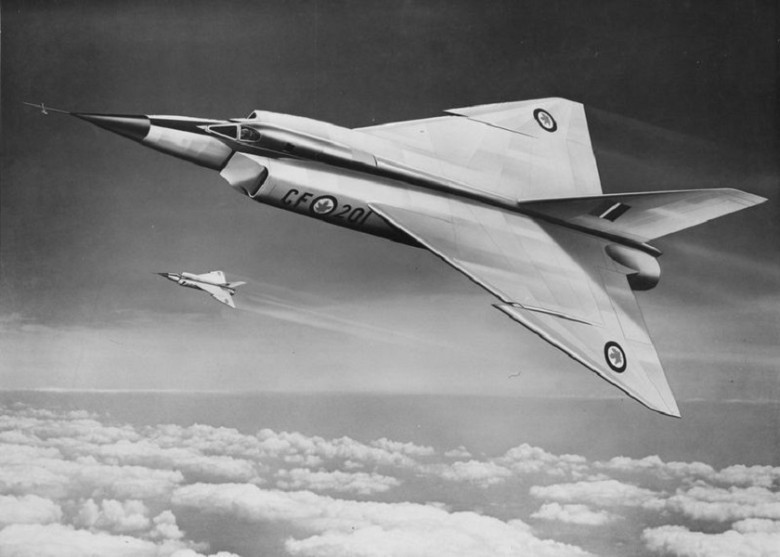
A long-standing challenge in aeronautical engineering revolved around the barrier of sound. The key lay in the revolutionary wing shape. Delta wings induced wave drag, creating a myriad of complex forces and vortexes that enabled the aircraft to surpass the speed of sound.
Chasing Perfection
These diminutive prototypes proved to be more than just models. They reached a top speed of Mach 1.7 before gracefully meeting their watery fate, providing vital flight data for the next phase of design.
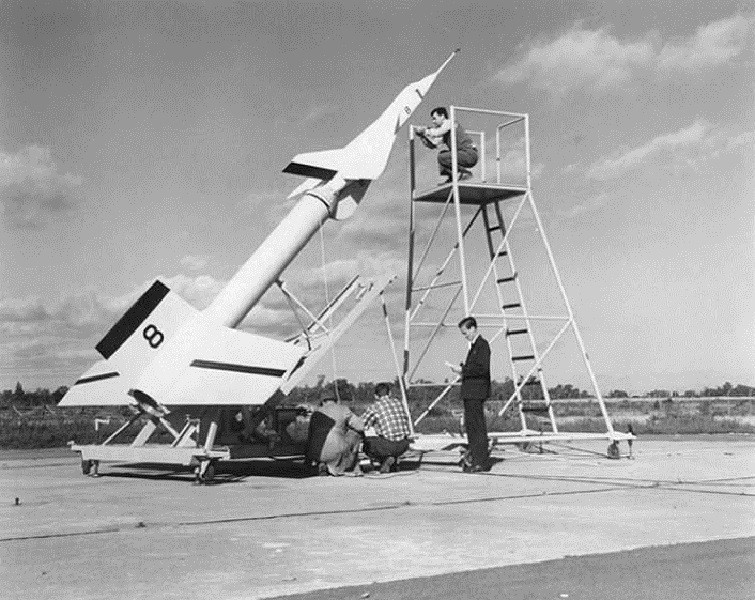
Remarkably, only minor adjustments were required based on the prototype's performance. The wings were drooped and given a camber. A dog-tooth design element was introduced. The recently published area rule principle influenced further modifications, resulting in a sleeker nose and the addition of a tail cone.
Sputnik Steals the Spotlight
In October 1957, Avro Canada proudly unveiled the CF-105 Arrow, bearing the designation RL-201. It was a momentous occasion, symbolizing a turning point in Canadian defense capabilities. Over 13,000 esteemed guests were invited to witness this grand event.

However, the Soviet Union had a different plan. They triumphantly launched Sputnik, the world's first artificial Earth satellite, eclipsing the excitement surrounding the Arrow's debut. The Avro Arrow, though full of potential, never had the opportunity to take flight and prove itself on the global stage.
The Lost Legacy of the Avro Arrow
The Avro Arrow was a remarkable aircraft, bold and groundbreaking in design. It pushed the boundaries of aviation knowledge at the time. Unfortunately, it arrived during a tumultuous period that changed the priorities of the Western world. With a single move, the USSR had shifted the global landscape.
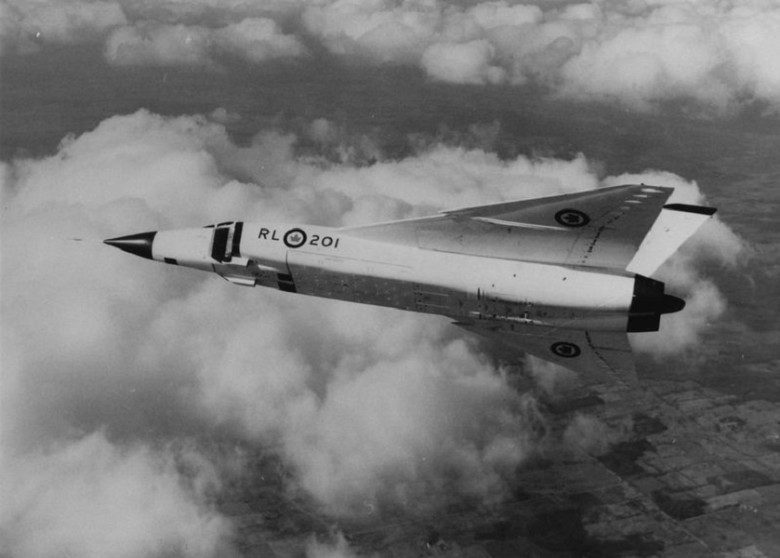
Political shifts and new alliances led to the demise of the Arrow. A change in government brought new treaties with the United States. Most significantly, the advent of Sputnik introduced a threat from outer space. The Arrow went down fighting, as government and military officials resisted canceling the program. However, the greater concern became ballistic missile attacks. Canada decided to implement the Bomarc system and officially terminated the Arrow program in 1959.
Protecting Secrets
The cancellation of the program resulted in the sudden unemployment of nearly 50,000 individuals. In addition, all planes, parts, equipment, and data were destroyed to safeguard government interests.
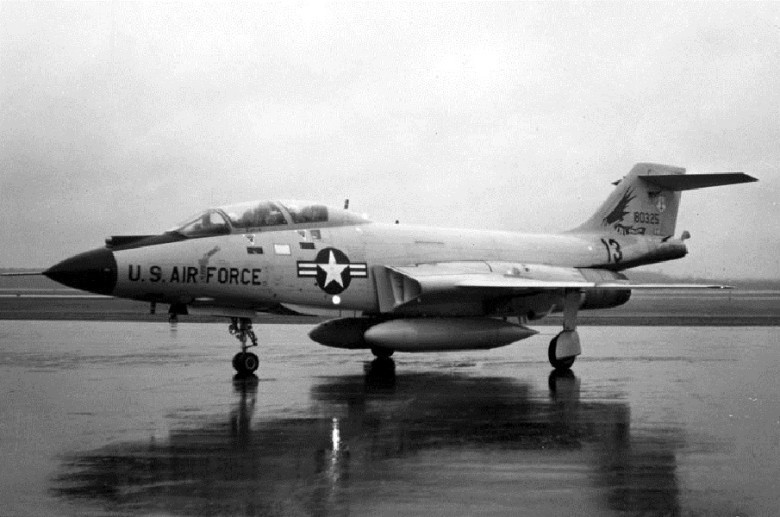
The Royal Canadian Mounted Police suspected a Soviet spy within A.V. Roe Canada and sought to eliminate any evidence. Yet, they overlooked the existence of nine prototypes resting on the bed of Lake Ontario.
Unearthed Possibilities
David Shea, a senior engineer at Kraken Sonar, one of the companies involved in the Raise The Arrow project led by OEX Recovery Group Incorporated, revealed that these prototypes buried in the lake are the only intact remnants of the entire program. The government had destroyed all drawings, models, and documentation to prevent replication.
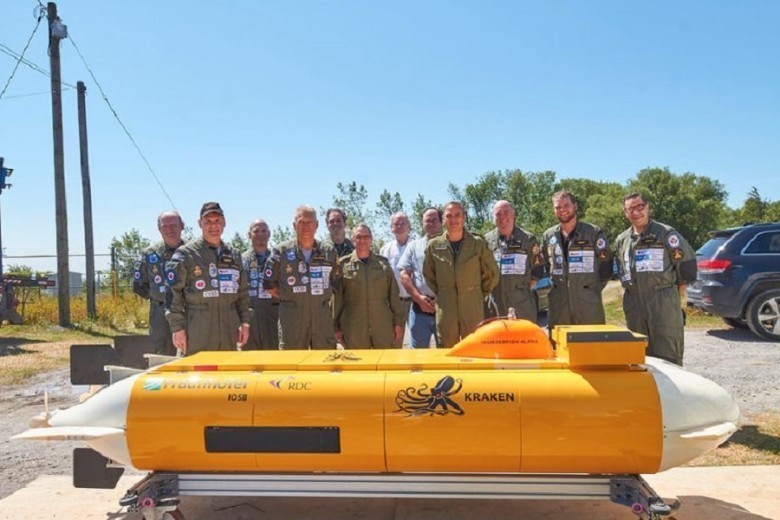
The mission of Raise The Arrow is to retrieve these lost treasures, and Kraken Sonar's ThunderFish submarine drone played a crucial role in capturing the first images of the prototypes.
Reviving Canadian History
John Burzynski, the president, CEO, and director of Osisko Mining, another participant in the Raise The Arrow project, expressed his enthusiasm for bringing these distinctive aircraft back to the surface. As experienced explorers in the mining industry, their aim is to reintroduce a piece of lost Canadian history to the nation.

The project represents a unique opportunity to preserve and commemorate the Avro Arrow's pioneering legacy, making it accessible to the Canadian public once again.
Discovering the Lost Avro Arrow Prototypes
The search for the Avro Arrow prototypes began with the challenge of finding the right location. David Shea, Kraken's vice-president of engineering, highlighted that the technology wasn't the issue, but rather ensuring they were searching in the correct area.
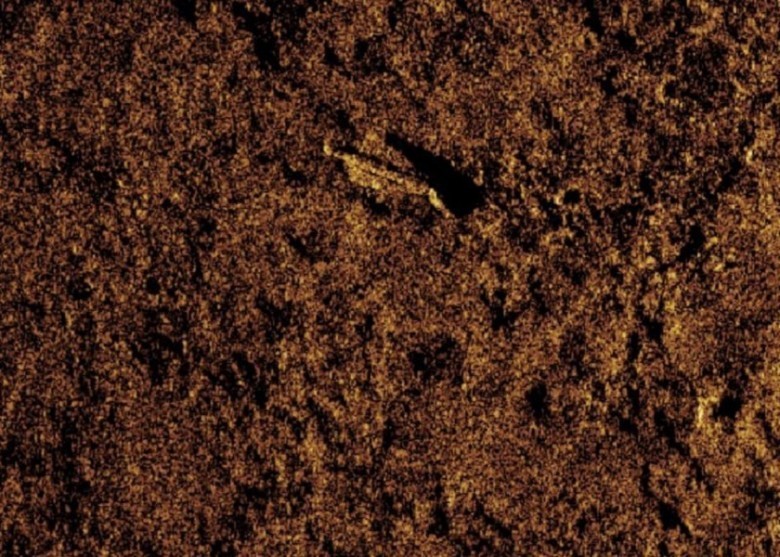
Luckily, starting off the shores of Point Petre proved fruitful, as it was where the prototypes had been launched all those years ago.
A Witness's Insight
Jack Hurst, one of the few remaining witnesses from the time of the launches, provided valuable insight into the search.

Having seen the aircraft in the sky over six decades ago, he estimated that they likely reached a few thousand feet in altitude and wouldn't have traveled more than a mile out. Based on his recollections, the Raise The Arrow team began their search in that direction.
Confident Beginnings
With a confident start, the team focused on high-probability areas based on thorough research. John Burzynski expressed optimism, assuring the media that they wouldn't have to wait for an extended period.
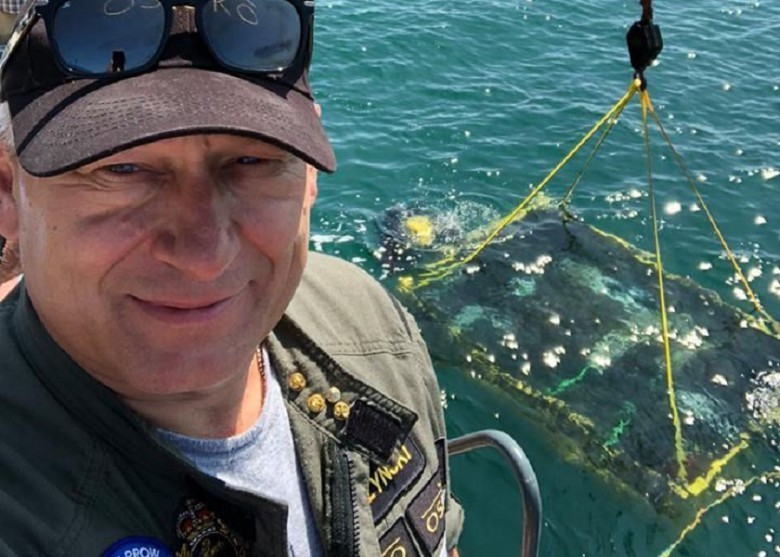
Expectations were high, and the team was determined to prove themselves right.
The Amazing Discovery
After twelve days of relentless effort, Burzynski announced their discovery. One of the prototypes had been located in late July, confirming that the aircraft lay beneath the lake's surface.
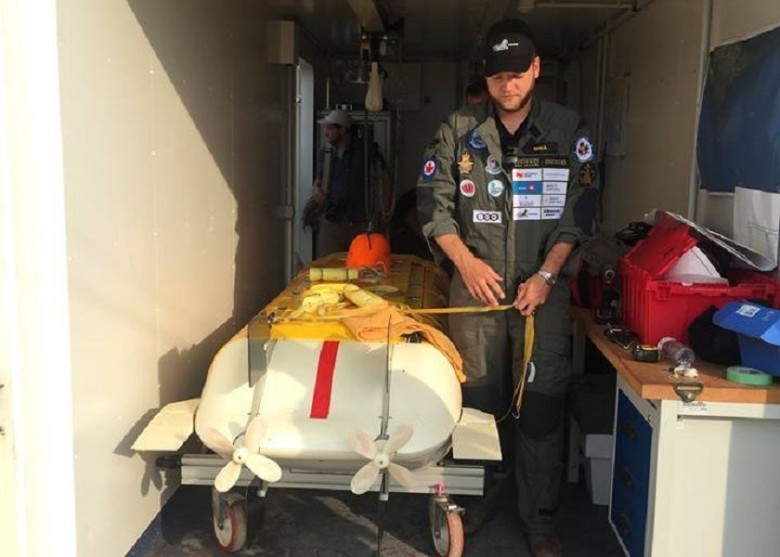
However, before the world could witness these remarkable artifacts, several months would pass until their retrieval in 2018.
A Proud Moment for Canada
Despite the delay, the prospect of raising the Avro Arrow prototypes was exhilarating. David Shea shared his enthusiasm for showcasing
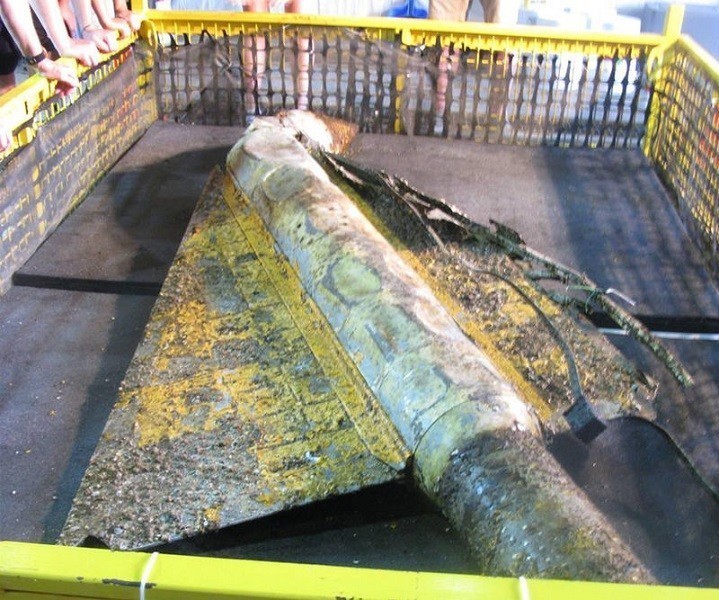
Canada's cutting-edge technology in locating and resurrecting such groundbreaking historical artifacts. It was a testament to what the country could achieve when looking back at their history.
The Quest Continues
While finding one of the prototypes was a significant achievement, the team's primary goal was to locate all nine aircraft.
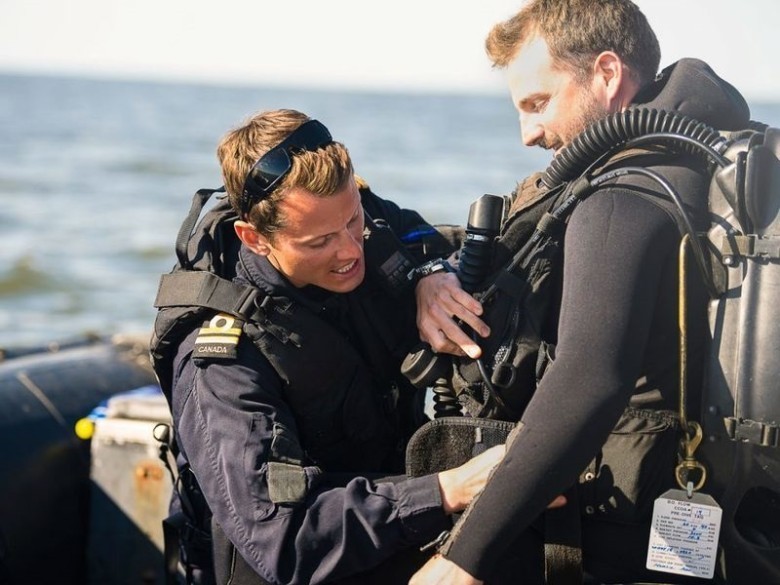
Of particular importance was the ninth prototype, which represented the most advanced version, closely resembling the final aircraft design. Although more time would be needed, the team remained resolute in their endeavor.
Unveiling Hidden Secrets
The discovery of the first eight prototypes, offering a glimpse into Canadian history, was an extraordinary accomplishment. Only six completed aircraft were ever produced, all of which were destroyed.
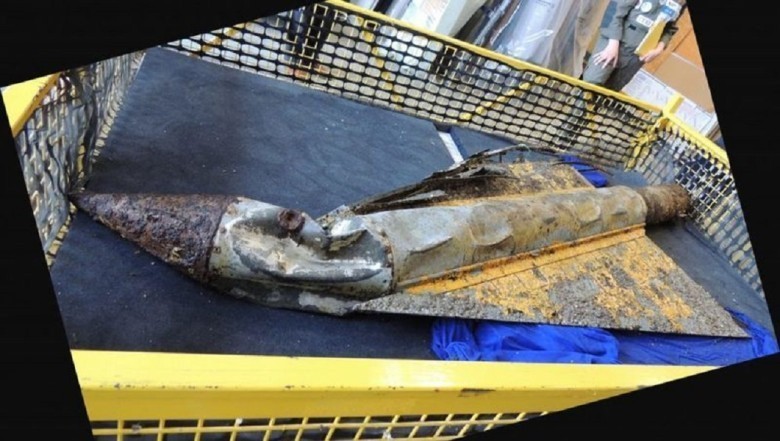
Being able to see these pioneering machines would be an incredible experience, revealing the testings and innovations involved in developing the delta-wing design for supersonic speeds.
Triumph of Determination
After a year filled with excitement, disbelief, challenges, and hard work, the team's expedition was drawing to a close. In August 2018, they proudly announced the recovery of the first historic relic from the Avro Arrow free-flight program.
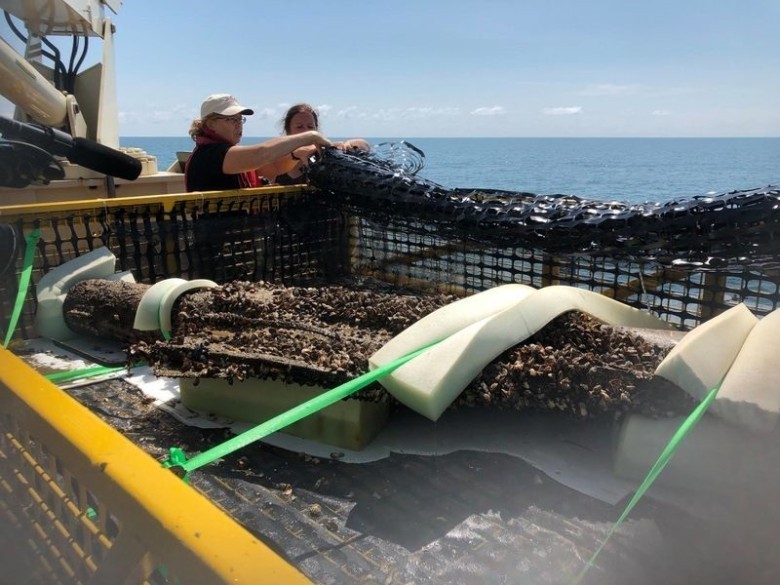
The prototype was transported back to land at CFB Trenton, marking the end of its more than 64-year rest at the bottom of Lake Ontario.












Comments
0 comment